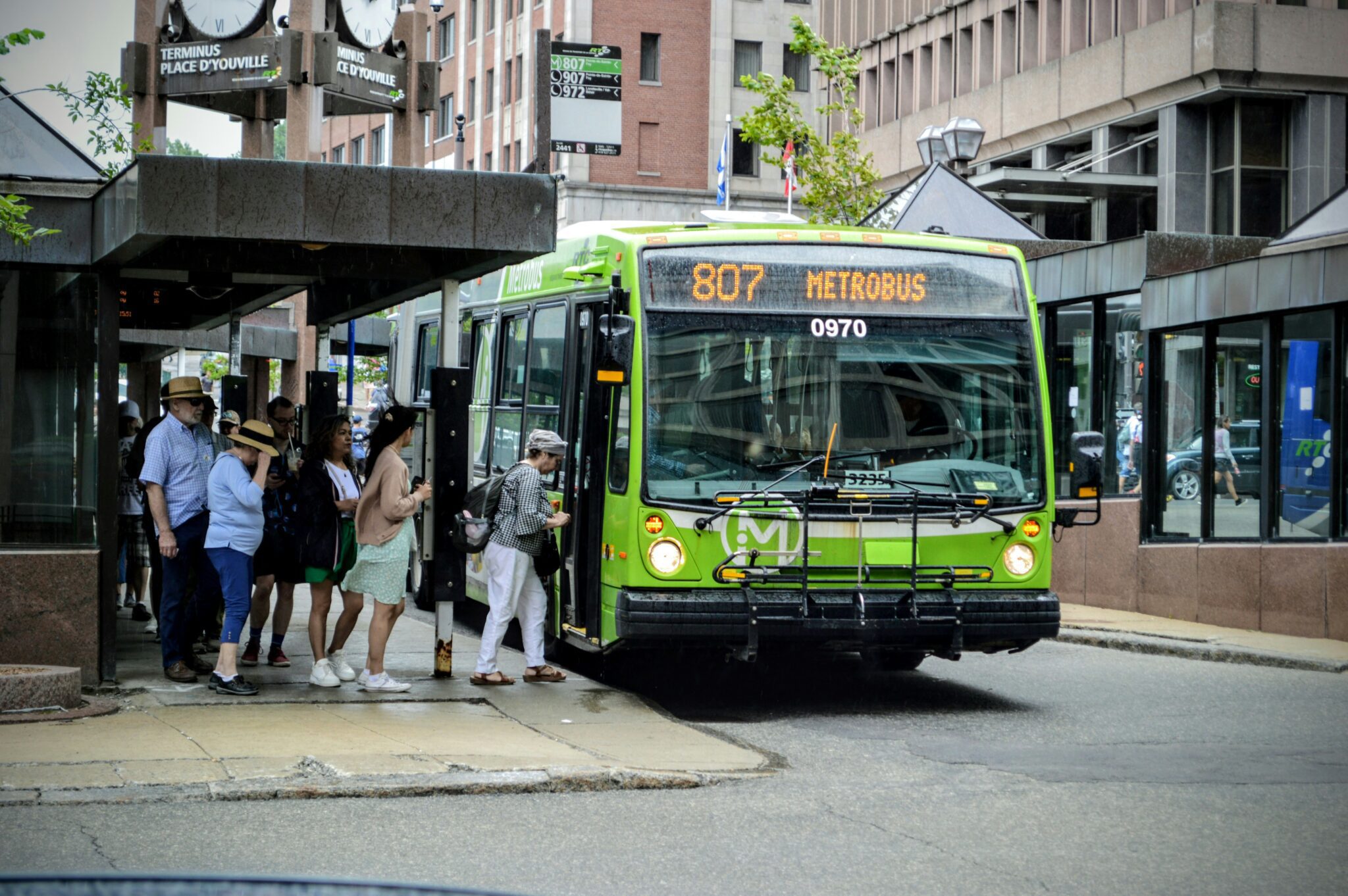If you’ve been following public transit news in Canada, you may have heard that there is a new federal funding program for public transit that doesn’t actually fund better service for public transit. So what does this program fund and how could it be improved to meet the needs of cities and public transit riders across Canada today?
In case you missed it:
On July 17th, 2024, the federal government announced the details of a public transit funding program called the Canada Public Transit Fund (also known as the Permanent Public Transit Fund). Environmental groups, public transit rider advocacy groups and transit riders across Canada have been disappointed. It was good to see elements we recommended and expected, like the inclusion of some transit funding for rural, remote and Indigenous communities and standards for building more housing near public transit. However, the program is missing a crucial type of funding that can be used to ensure that buses, subways, and streetcars come more often – and on time – and to reduce transit fares in cities, towns, and rural communities. What’s more, the announced funding program won’t allow any funds to be available until 2026. We need reliable, affordable public transit right now in order to get transit riders where we need to go, on time and help Canada reduce transportation emissions to meet our climate goals.
Operations – overlooked!
The announced Canada Public Transit Fund is focused on what’s called “capital funding” – the type of funding that can be used to purchase new public transit vehicles and to expand and build infrastructure. This might sound sufficient without additional context. However, the Canada Public Transit Fund does not include what’s called “operations funding” – the type of funding that can be used to improve transit service frequency, reliability and convenience for riders today. If operations funding was included, it could be used to hire the drivers, mechanics, and other workers who make sure our buses, trains, and streetcars arrive on time and get us where we need to go. Public transit systems across the country are facing significant deficits in operations funding which may lead to cuts to service. Yet right now, not a single cent of the Canada Public Transit Fund’s $30 billion dollars is allowed to go towards solving this problem. As quoted in this CBC article: it’s kind of like funding a health care system to build new hospitals without paying for doctors and nurses to staff them!
Operations funding for public transit is crucial for the environment because it helps more people choose public transit and keeps polluting cars off the road. Essentially, better public transit service is the most important factor for influencing ridership: when transit isn’t convenient and reliable, people drive instead. A recent report by Environmental Defence and Equiterre, found that boosting operations funding is crucial to doubling public transit ridership by 2035 and reducing carbon emissions by 65 million tonnes. Without it, it will be impossible for transit systems to grow service at the pace needed to meet climate goals. That’s why Environmental Defence is calling for the Canada Public Transit Fund to include permanent operations funding – and to make the funding available without delay.
Types of funding aside, isn’t $30 billion enough?
Let’s look at a breakdown: The announced Fund includes $30 billion over 10 years, averaging at $3 billion per year. But missing from the context is that this new program is mostly a renewal and reorganization of existing transit funding programs, which have already expired or are soon to expire, like the Investing in Canada Infrastructure Program, the Zero Emission Transit Fund, the Active Transportation Fund and the Rural Transit Solutions Program. This means that not much has changed in annual levels of funding with this announcement. It is a continuation of status quo funding levels being announced for future years – not an increase. Given that new subway projects cost $1 billion per kilometre these days, and the cost of a single city’s (Vancouver, for example) transit expansion plans over the next 10 years are $21 billion, the amount of funding is barely enough to cover infrastructure needs, let alone much-needed public transit operations.
All levels of Government must work together
Some people think that funding public transit isn’t a responsibility of the federal government. In fact, public transit funding in Canada happens through cost-sharing agreements with all levels of government. The federal government plays an important role in influencing what kinds of projects and services get funded by provinces, based on what kinds of things the federal government is willing to share the cost of. The problem is that the federal government only shares 40% of the cost of public transit capital (infrastructure) projects, and not operations (service and maintenance). We believe the federal government should also offer a 40% cost share to improve transit operations, just like they are doing for capital – because this is needed to encourage provinces to contribute more into operations and grow service levels at the pace needed to tackle climate change.
You can learn more, here, about why we’re calling on the federal government to step up with permanent contributions to fund public transit service. Or check out this video, by US-based Transit Center, about why operations funding is a climate and racial justice issue.
TAKE ACTION: Sign our letter to tell the federal government to fund public transit service and stay tuned for more upcoming actions from Environmental Defence’s Clean Transportation team!
If you want to learn more about advocating for public transit funding in your community, reach out to engagement@environmentaldefence.ca









